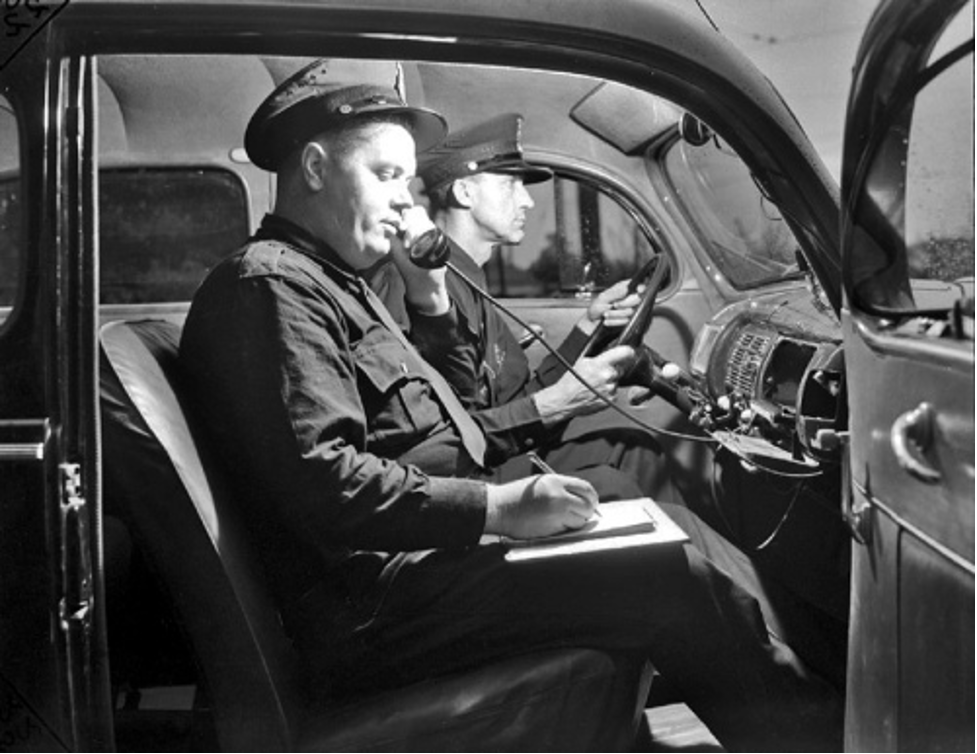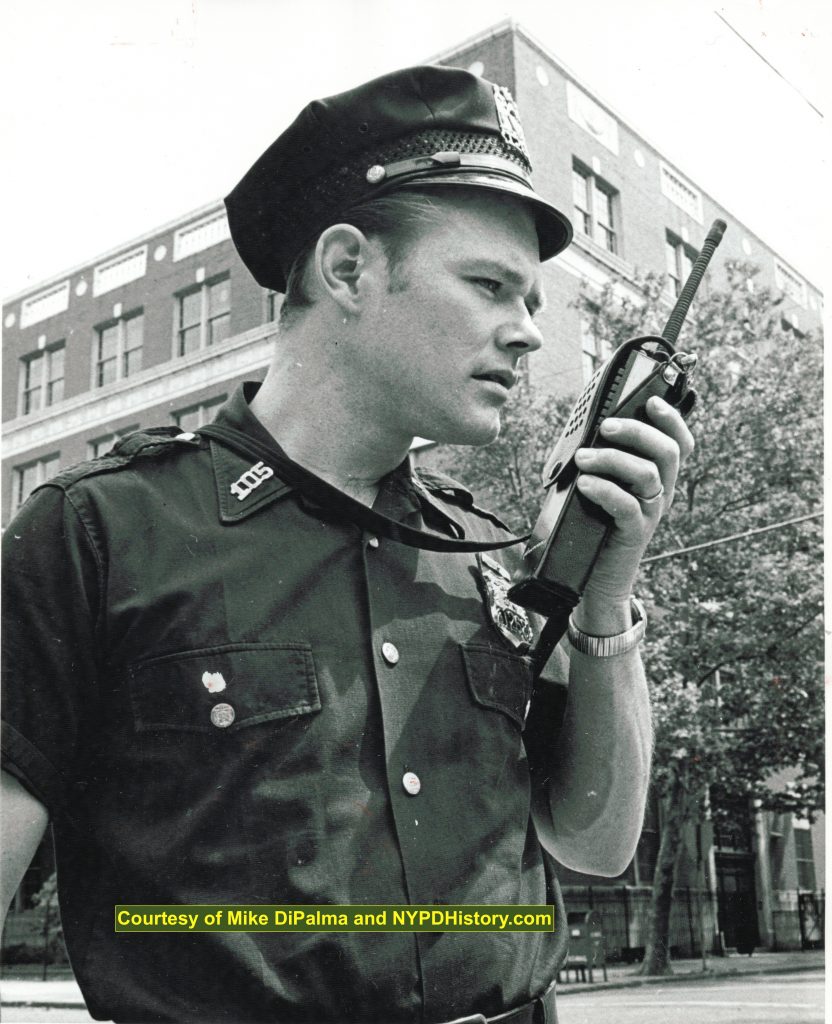Last week we spent our time examining networks, some of the functions that are necessary, and how networks are being expanded to add flexibility to the FirstNet network.
This week we will take a dive into both Land Mobile Radio (LMR) and FirstNet devices. Note that I do not plan to mention most types of devices by name with the exception of the first in the FirstNet industry. I refer to the others by their capabilities. Next week, in Part 3, I will examine individual offerings for both LMR and FirstNet and share some pertinent thoughts.

Long before broadband, only low-speed data rates (19 KBs), data if any, and Push-To-Talk (PTT) communications were available to the public safety community. Today’s side of land mobile radio has made great strides in delivering multiband LMR units that are available with hundreds of radio channels or groups. Several vendors recently added Band 14 (Nationwide Public Safety Broadband Network, NPSBN) in an effort to provide a single device that will fulfill responders’ communications needs when they are in the field .
FirstNet
On the cellular or broadband side of communications systems, things have happened differently. One company, Sonim Technologies, has developed a public safety and handheld broadband device that is hardened and designed specifically for public safety.
After the FirstNet/AT&T contract was in place, the vendor community that includes commercial broadband, smartphones, and tablets, was convinced that adding public safety Band 14 to their devices could increase demand for their products and serve the public safety community at the same time.
Broadband vendors did not stop with adding Band 14 to their existing and planned devices. They recognized that public safety communications require more than a smartphone or tablet. Even before the public safety community was asking for higher power on Band 14, both the 3GPP standards body and the Federal Communications Commission (FCC) authorized higher power on Band 14. The power difference is significant: Typical broadband devices are limited to 0.25 watts of power output, while Band 14 devices are permitted to use up to 1.25 watts. This additional power from devices in the field up to the network provides more coverage and higher uplink data capacity.
Fast Forward to Today
Both LMR and FirstNet/broadband devices have changed dramatically over the last few years and today we have many more choices available for public safety use.

The major differences between LMR and broadband devices today are that LMR devices can talk to each other off-network when needed while broadband devices cannot. LMR devices are still designed and built with one purpose, Push-To-Talk (PTT) audio. Broadband devices serve the public safety community in many different ways including dial-up voice, text, PTT, data, and video.
Going Forward
At present, there are LMR single-band radios, multiband radios, a few radios that include broadband capabilities, and some companies’ visions of a single-device world.

Meanwhile, the public safety community is starting to use more, different types of broadband devices. For example, many agencies today require their personnel to wear devices that can provide information about incidents field personnel deal with. There are a variety of video cameras in these.

They started out as vehicle-mounted devices and as broadband became available in many more places in the United States, several companies developed both video and voice products for body-worn cameras. Some of these cameras record when they are physically turned on, and some are turned on automatically and start recording when an officer draws his pistol or Mace, cameras can be viewed from the emergency communications center in real time, and some require the data to be uploaded once the unit is returned to the station.
Devices for the Field
So today we have an expansive collection of devices with voice and other capabilities for field forces, and devices such as cameras in vehicles and on people. Many vendors are either already developing and selling more types of devices for on-the-person or they are interested in offering these types of products.
Every year at public safety conferences we see more and more devices that are designed to be worn by field personnel to send back relative information. This information can include the video feed from the body-worn camera, and alert if a sidearm or mace is drawn from the belt, but it goes deeper than that. It also includes sensors that monitor field personnel vital signs to determine if there is a problem with that particular person.
Winding down
There are many new devices either being planned or that are ready to be unveiled by the public safety community, FirstNet, both AT&T the contractor that is building out FirstNet, and the FirstNet Authority.
As you are probably aware, AT&T is in the process of adding its 5G footprint to the nationwide public safety broadband system. There should be some exciting additions as 5G is being rolled out and the 3GPP continues to make innovative new features and functions available. Some of the features I am hearing about include in-vehicle repeaters and ways to share spectrum when and where needed.
The FirstNet contractor (AT&T) was not obligated to add 5G capability for public safety. However, when the FirstNet contract was awarded, AT&T understood that this network would be bringing the public safety community up to what commercial broadband users have been using for several years. AT&T is not only the FirstNet contractor, it has taken on more of the name as required by the FirstNet Authority, and is now going far beyond what public safety was ever promised.
I will caution all of you that if you dig into the 3G PP standards for 5G, or read articles touting exactly what 5G will bring to public safety, you should understand that, at the moment, you are looking at unfinished standards and there are no finished, sellable products. There is always a lag time between when a standard is released by the the vendor and after the application, device, or feature set is approved for devices that will run on the AT&T/FirstNet network. The same is true for new combination 5G and 4G systems and interfacing with existing LMR systems for nationwide push-to-talk.
One issue I have with both vendors and FirstNet (Built with AT&T) is that network operators and vendors tend to forge ahead and publicize technologies, features, and functions before they are released. In their exuberance to show or talk about what’s coming next, they have a tendancy to introduce products and devices that are still on the drawing board or in testing and are not ready for prime time. You may remember me saying many times that promising products and services and then delivering them further into the future than the public safety community was led to believe will only cause issues between the two.
As we run out of 2022, I am looking forward to what is ahead in 2023 and, as usual, after the first of the year I will look at 2022 Advocates where I listed objectives for 2022 that I believed were essential and compare them with what has actually been delivered.
Until next week…
Andrew M. Seybold, Sr.
©2022, Andrew Seybold, Inc.

Hi, Andrew,
Thank you for your post. Working for a large airport that recently chose for a 5G MCPTT solution with Sonim smartphones, I am curious about any experience you / FirstNet have with vehicle solutions. Can you spend a few words on that topic? We know Sonim has a wide range of accessories including car kits, but they are something different from the conventional mobile radios, both from a form factor perspective and user interface. Hope you read this and leave a comment.
Best regards,
Ken